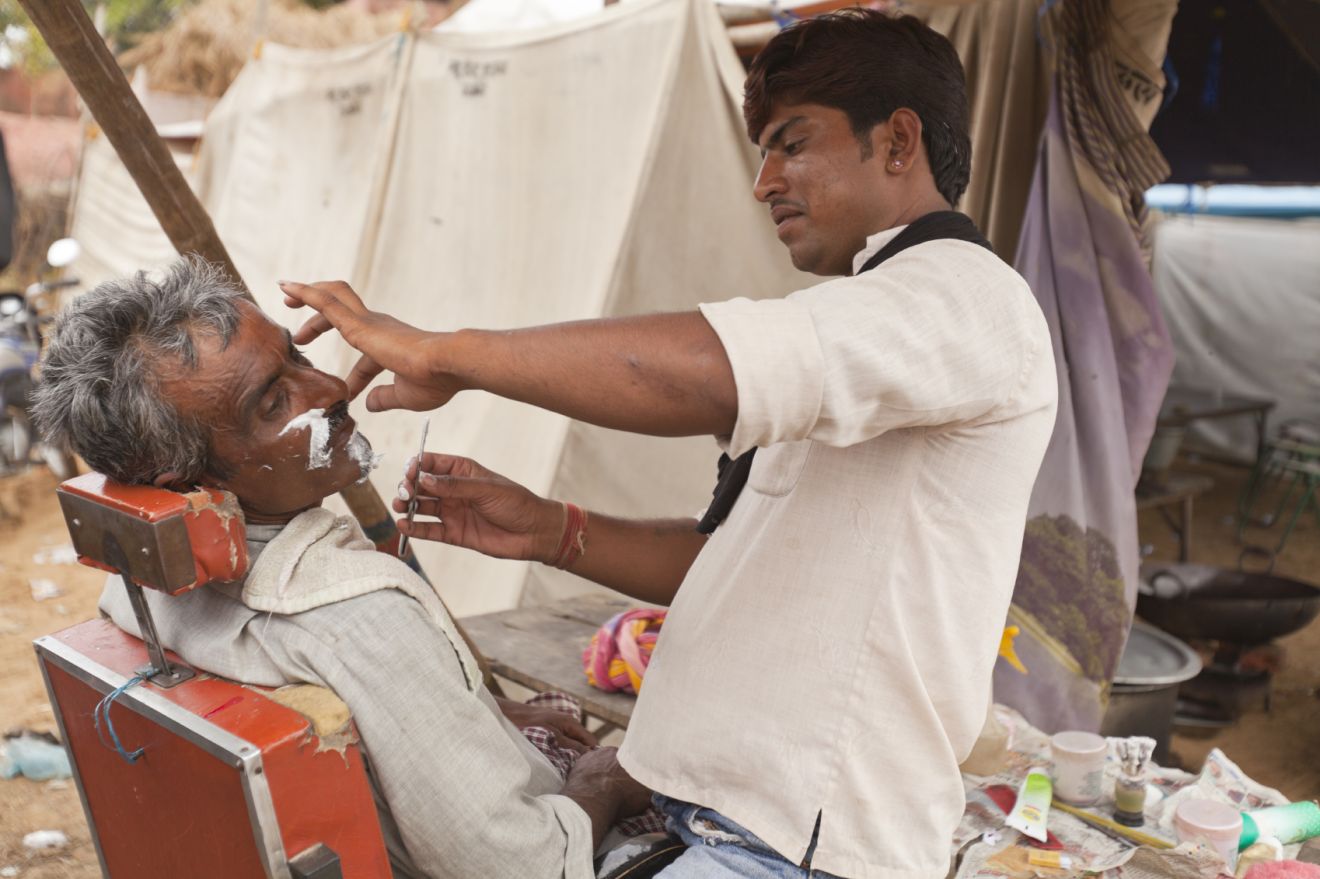
Gillette was having trouble making inroads into the Indian grooming market for men...until they roped in the women
India has an abundance of men of shaving age – about 400 million of them. Of these, about half of them go to a barber exclusively for all their shaving needs while the rest practised self-shaving. Of the latter group, four out of five use double edged blades that cost just US$0.05 each, which is much cheaper than the US$0.15 to US$0.30 that a barber would charge.
For a country where GDP per capita for 90 percent of the people in 2004 was US$662 or lower (60 percent was at US$265 or lower), the emphasis on cost effectiveness is understandable. However, the double edge blade often caused cuts, nicks, and rashes. More advanced technology in the form of Gillette’s Mach3 razor was available, although it was not affordable to most Indian men. However, even those with enough disposable income were not warming up to modern shaving technology.
“It’s a habit,” says Sharat Verma, Brand Manager for Gillette India of Indian men’s preference for the double edge blade. “The Indian consumer has been doing it for so long. He’s seen his father, his grandfather, his great grandfather do it.”
Changing the Indian perception of facial hair
That was only one of many obstacles in Gillette’s efforts to grow its market share in the razor market beyond 20 percent despite being in India for over two decades. Indian men believed that the skill of the shaver determined the amount of cuts and nicks, and that they were an inevitable aspect of the shaving experience. And since one was going to get nicks anyway, there was no point paying US$7.00 for the razor and US$2.00 for the blade when US$0.05 buys what is perceived to be the same end result.
There was, however, a more important reason for the lack of adoption of Gillette’s shavers: Indian men view facial hair as a sign of virility. “How do you motivate men to talk about a category like shaving?” Verma asks rhetorically before answering, “Get women involved.”
In 2008, Gillette commissioned a study on shaving targeted at 18- to 25-year-olds across India’s eight largest metropolitan areas. The results dealt a blow to what men thought of having copious amounts of facial hair: 77 percent of women preferred a clean-shaven man, and 72 percent agreed that the act of shaving was sexy. It ignited a national debate: Is a clean-shaven man more attractive than one with facial hair?
The following year, Gillette launched the Shave India Movement. Along with a stripped-down Mach3 razor that brought the retail price down from US$7.00 to US$2.30 – the blades remained at US$2.00 – the company launched the campaign “India Votes: To shave or not” and invited everyone to vote in a live online poll. Over 12 million Indians voted for a clean shave, and 83 percent of women polled felt that a clean-shaven man was more attractive.
The results were immediate: sales went up by 35 percent within eight weeks, and market share jumped by 25 percent. Gillette followed up with the Women Against Lazy Stubble, or W.A.L.S. campaign in 2010. The national debate on whether facial hair made a man attractive was reignited and the effect was immense: Mach3 sales increased by 500 percent and market share jumped by 400 percent.
Going to market…and going beyond marketing
Verma’s success was not just a marketing one. It involved sorting out the distribution network to get the modified Mach3 to approximately 12 million small independent retailers, called kiranas, to carry the product. These retailers account for over 95.5 percent of retailers – the other 4.5 percent being larger stores such as supermarkets and convenience stores – and it was impractical to work with all of them individually.
“We worked with wholesalers to get our product into the smaller outlets,” Verma recalls. “We engaged in a lot of logistical planning, how to move it, how to package it…We needed to be accessible and there were over 1.5 million to 2 million stores we wanted to be in. So we went through multiple rounds of testing to see what worked best to make the product stand out. Eventually we got there.”
This is a condensed version of the SMU Case Writing Initiative case, “Gillette’s ‘Shave India Movement’: Razor Sharp against the Stubble (A)”, which won in the Inclusive Business Models category of the 2014 EFMD Case Writing Competition. To see the full case, please click on the following link: http://ink.library.smu.edu.sg/cases_coll_all/62/
Follow us on Twitter (@sgsmuperspectiv) or like us on Facebook (https://www.facebook.com/PerspectivesAtSMU)